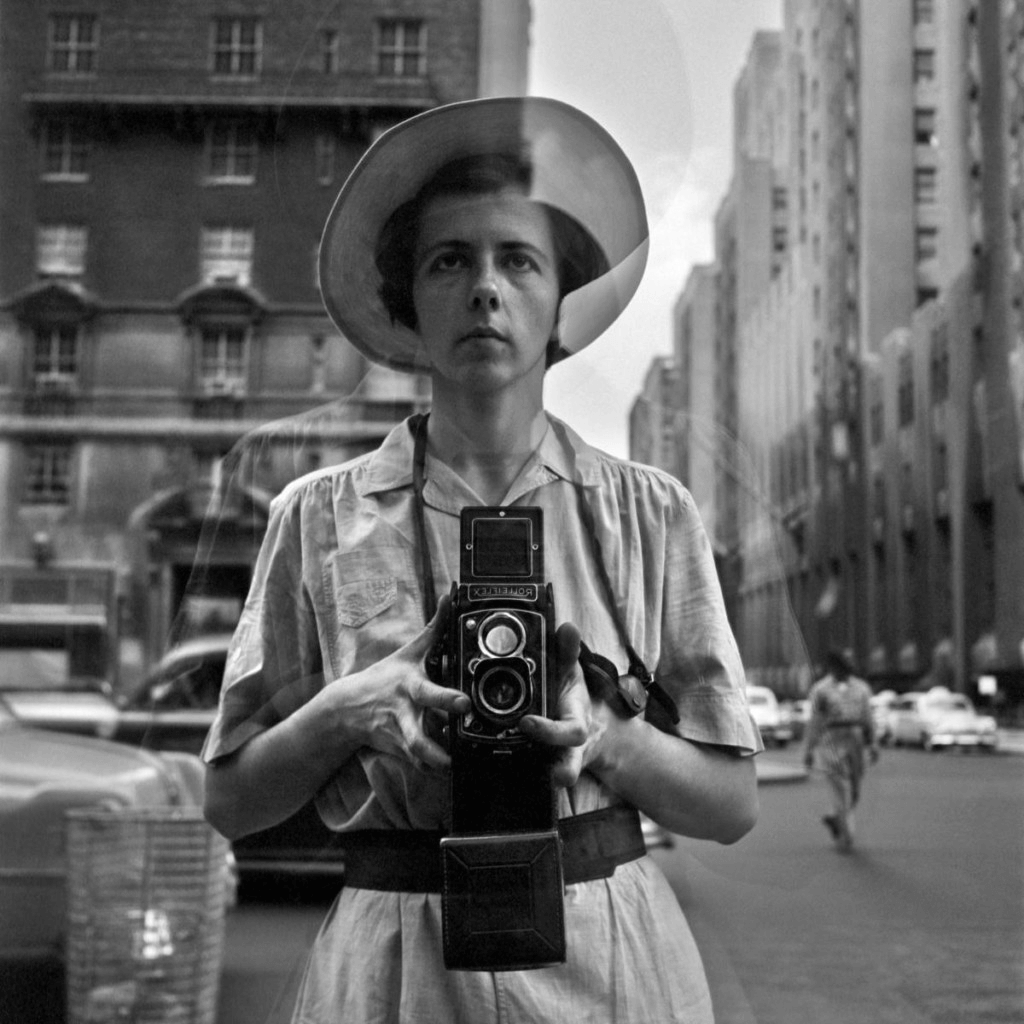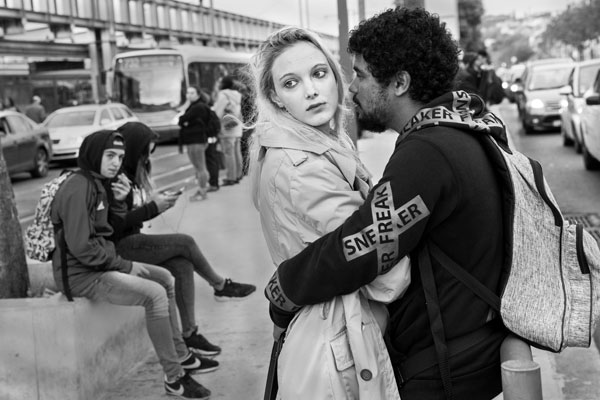The Of Framing Streets
Table of ContentsFraming Streets for BeginnersThe Best Guide To Framing StreetsFraming Streets Fundamentals ExplainedSome Known Factual Statements About Framing Streets A Biased View of Framing StreetsThe 10-Second Trick For Framing Streets
, normally with the purpose of capturing pictures at a definitive or emotional moment by cautious framing and timing. https://www.pubpub.org/user/david-turley.
His boots and legs were well specified, yet he is without body or head, since these were in activity." Charles Ngre, waterseller Charles Ngre. http://tupalo.com/en/users/6037642 was the first photographer to attain the technological class needed to sign up people in activity on the street in Paris in 1851. Photographer John Thomson, a Scotsman dealing with reporter and social protestor Adolphe Smith, released Street Life in London in twelve regular monthly installations beginning in February 1877
An Unbiased View of Framing Streets
Eugene Atget is considered as a progenitor, not since he was the initial of his kind, yet as a result of the popularisation in the late 1920s of his record of Parisian roads by Berenice Abbott, who was influenced to undertake a comparable paperwork of New York City. [] As the city developed, Atget helped to promote Parisian streets as a worthy topic for digital photography.

The Basic Principles Of Framing Streets
Martin is the very first recorded photographer to do so in London with a masked cam. Mass-Observation was a social research organisation established in 1937 which intended to tape-record everyday life in Britain and to tape-record the responses of the 'man-in-the-street' to King Edward VIII's abdication in 1936 to marry separation Wallis Simpson, and the sequence of George VI. The principal Mass-Observationists were anthropologist Tom Harrisson in Bolton and poet Charles Madge in London, and their initial report was generated as the book "May the Twelfth: Mass-Observation Day-Surveys 1937 by over two hundred viewers" [] Window cleaner at Kottbusser Tor, Berlin, by Elsa Thiemann c. 1946 The post-war French Humanist Institution photographers found their topics on the road or in the bistro. Between 1946 and 1957 Le Groupe des XV each year exhibited work of this kind. Andre Kertesz. Circus, Budapest, 19 May 1920 Street digital photography created the major content of two exhibits at the Gallery of Modern Art (Mo, MA) in New york city curated by Edward Steichen, 5 French Photographers: Brassai; Cartier-Bresson, Doisneau, Ronis, Izis in 1951 to 1952, and Post-war European Photography in 1953, which exported the idea of road digital photography worldwide.

Framing Streets - Truths
The recording maker was 'a covert video camera', a 35 mm Contax hidden under his layer, that was 'strapped to the breast and attached to a lengthy cable strung down the best sleeve'. However, his work had little modern influence as because of Evans' level of sensitivities about the originality of his job and the personal privacy of his subjects, it was not published till 1966, in YOURURL.com the publication Several Are Called, with an intro composed by James Agee in 1940.
Helen Levitt, after that a teacher of young kids, related to Evans in 193839. She recorded the temporal chalk illustrations - Street photography hashtags that became part of children's street culture in New york city at the time, as well as the children who made them. In July 1939, Mo, MA's brand-new digital photography section consisted of Levitt's operate in its inaugural exhibitRobert Frank's 1958 book,, was significant; raw and often indistinct, Frank's images examined conventional digital photography of the moment, "challenged all the formal policies set by Henri Cartier-Bresson and Walker Evans" and "flew in the face of the wholesome pictorialism and sincere photojournalism of American publications like LIFE and Time".